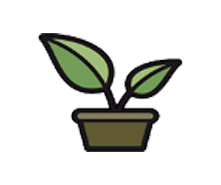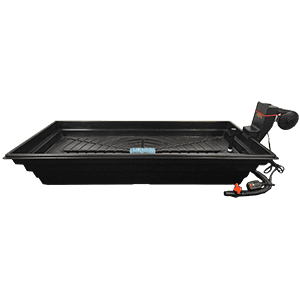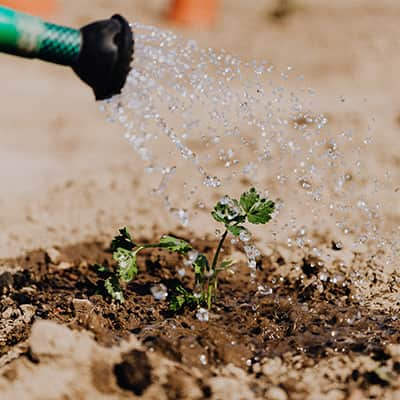Creating a Garden Journal: How to Track Your Progress and Plan for Success

Gardening is a skill best learned through hands-on experience. While proven techniques and high-quality nutrients for plants make a difference, every garden has unique hurdles to overcome. A garden journal is a fantastic way to keep track of your efforts, empowering you to plan for success, track your progress and continue learning. In this blog, you’ll learn how to start a garden journal and use it to become the best cultivator you can be!
From Indoor Grow Kits to Backyard Blooming: How a Garden Journal Makes a Difference
How you choose to garden doesn’t matter. Whether you have an expansive backyard plot or a small urban cultivation space with crop production equipment, having journals to guide you makes a difference. There are many fine particulars in gardening. Plants all have distinct needs, flourishing at different times of the year under varying conditions.
Keeping track of all that information can make planning the ultimate growing space a breeze. Journals help you maintain a record of every detail. For example, you can know when you started seeds, what grow kits you used, when you transplanted young plants outside, what fertilizers you applied and so much more! You can also jot down facts about events like major storms, pest infestations, the arrival of pollinators, drought periods, etc.
Track your progress and use the data you record to make vital gardening decisions while referring to your experiences.
How to Grow Healthy Plants with a Garden Journal
The great thing about starting a garden journal is that there are no hard rules on how you do it. Many keep things simple, using a simple notebook to monitor a garden’s progress. Others make an experience out of journalling. How you approach crafting your journal is up to you, but we’ve gathered a few tips to help you start.
- Separate the Seasons: You want to refer to your journals to build your gardening knowledge. Consider creating separate journals for each season to make finding data about specific plants and common challenges easier.
- Record Every Plant: Provide details about every plant you start. Record dates, planting locations, gardening techniques used, etc. It’s also wise to provide information about what the plant will look like, where you bought it, what grow kits you used and more.
- Track the Weather: Journal entries should be a daily occurence. Provide notes about weather conditions so that you can reflect later when troubleshooting plant health issues.
- Note Important Garden Tasks: Always write about important tasks you complete. If you provide nutrients for plants, transplant something or administer treatment to tackle disease, you want a recording of that event for future reference.
- Provide Updates: Create progress updates regularly. Record information about how plants grow and what challenges you face throughout the season.
- Add Visual References: Don’t forget to add some visuals! You can take photos of a plant’s various stages of growth, make drawings, document the layout of your garden plants and more.
Learning How to Grow Season After Season
Your journal shouldn’t be a “one and done” deal. The goal of starting a garden journal is to expand your knowledge! What you write today can be useful next year, allowing you to plan early for maximum success. Remembering everything about last year’s gardening efforts is tough, but a journal fills the gaps and provides valuable information that makes a difference.
For many people, journalling is a vital part of the gardening process. It’s a chance to reflect while building skills season after season. How you approach journalling is a personal experience, but following our tips can set you up for success and ensure you capture all the information you need to reach your full gardening potential.












